Does it take science to make a sourdough starter?
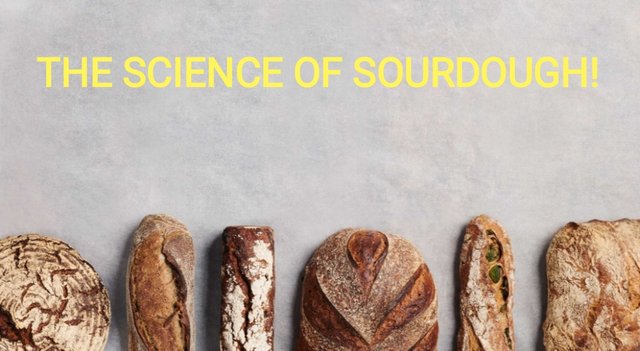
If the demand for baking bread is rising, then sourdough is soaring.... At the beginning of the Covid-19 pandemic, along with pasta and toilet rolls, flour was among the first products to vanish from supermarket shelves as Covid-19 inspired a home-baking boom.
While Google searches for “bread” tripled in the UK in the weeks after mid-March, those for “sourdough” rose sixfold.
Sourdough differs from most bread, in that it contains no baker’s yeast, instead relying on a fermented “starter” of water and flour to provide lift. This is what also provides its amazing sour flavour and incredible chewy texture.
It could be the reduced availability of baker’s yeast in shops, or perhaps the time-poor with a theoretical interest in sourdough finally found time to don their aprons. Whatever the reason, the sourdough revival has gone into overdrive.
However, many sourdough newbies have found that producing beautiful, tasty loaves isn’t as easy as it looks. Maybe it’s time for a new approach??
The transformation of dough into a light and airy loaf is, after all, chemistry in action, with a good side of physics. The complex relationships between the yeasts and bacteria that power starter fermentation are the domain of the microbiologist. Whether you’re a beginner left holding bricks that taste of dough, or an accomplished amateur looking to further up your game, perhaps what you need is a refresher in the science of sourdough.

To replace the baker’s yeast that most breads need to rise, sourdough requires some starter – a self-sustaining fermentation of flour, water, wild yeasts and bacteria that produce lactic and acetic acids. You might be able to get some starter from a local baker, or you can make your own – by combining small equal quantities of water and flour and letting it ferment for around five days.
Once you have established a starter you need to feed and maintain it with additional flour and water. All-purpose, refined wheat flour can be used. Most enthusiasts prefer stoneground wholegrain flours because they contain more of the microbes and enzymes needed to drive fermentation. They can, however, make a starter higher maintenance, requiring precise timing of feeding. Many opt for a more forgiving rye flour-based starter, and some use flour blends.
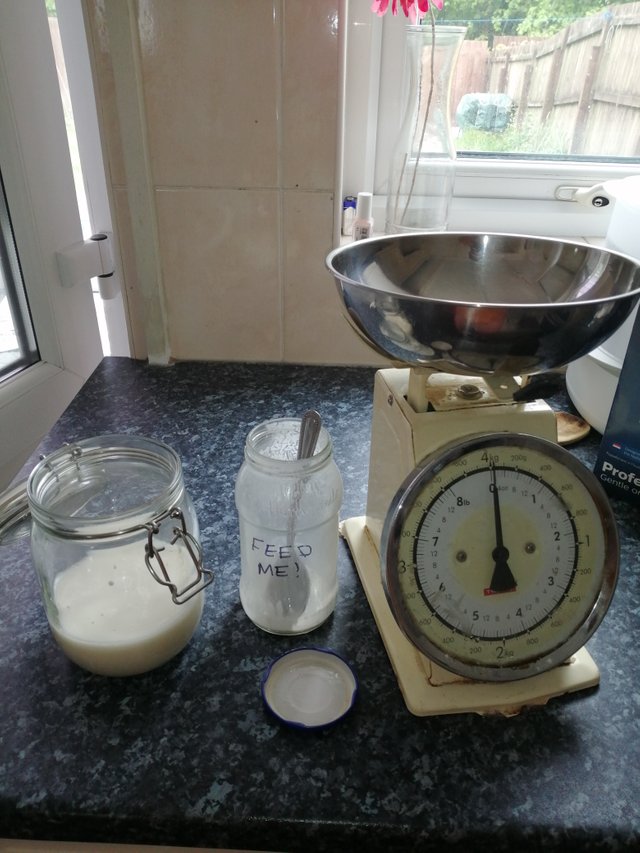
feeding time at the zoo
The sciencey bit - Flours consist mostly of starch (70-80%) and proteins (10-15%). During fermentation, enzymes in the flour break the starch apart into smaller, more digestible units, making sugars available to yeasts and bacteria. The microbes digest these sugars, generating carbon dioxide, acids and alcohol as byproducts.
OK!!! So you with me so far??
Rye-based starters attract more HETEROfermentative lactic acid bacteria, which produce vinegary acetic acid and give bread sour, fruity flavours. Wheat flours encourage HOMOfermentative lactic acid bacteria, which only produce lactic acid, making for softer, cereal flavours, while wholewheat adds a malty, nutty taste.
Use of more water and warm weather encourages microbes that will generate a sweeter-tasting loaf. To add sourness, rest your dough in the fridge, possibly overnight, as lower temperatures favour the activity of bacteria that produce acetic acid.
Some bakers in San Francisco (which is famous for its sourdough) swear their loaves can’t be produced elsewhere. There is a species of lactic acid bacteria called Lactobacillus sanfranciscensis, which produces a characteristically sour flavour, although it has been found in sourdoughs across the world.
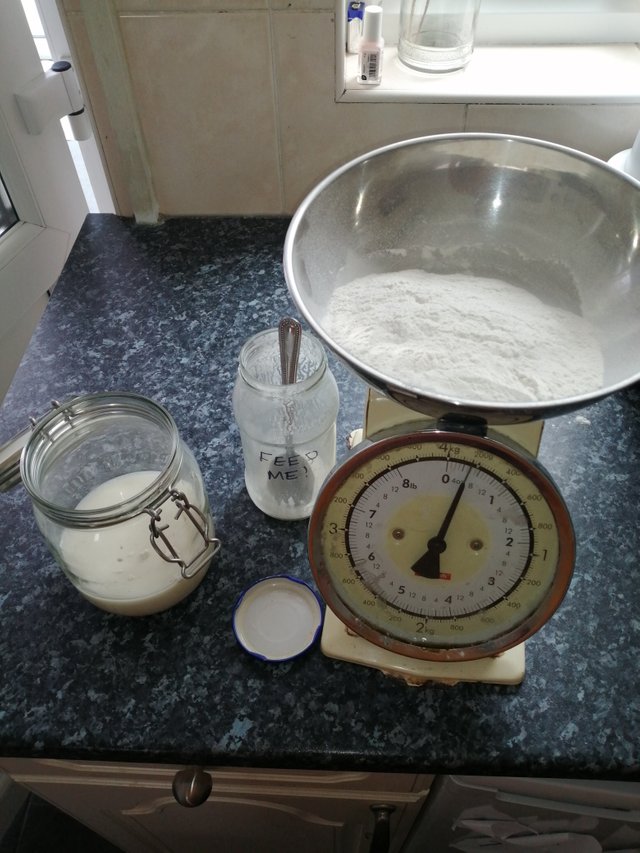
My secret blend of locally sourced flour
A scientific study at North Carolina State University (NCSU) used DNA sequencing to identify the microbes in starters sent to them by more than 500 participants in their Global Sourdough Project. They found that there is incredible diversity across different sourdoughs, even those from the same neighbourhoods. In a follow-up study, the team asked 18 bakers from 14 countries to make starters using the same flour and method, and then assembled them in Belgium to make bread. The microbes in their starters were most similar to those in the flour they used, but were also reflected in those found on the bakers’ hands.
The slight variation in microbes, create different flavours with every batch. Once you get a sourdough you like the taste of, NEVER give-up on it.
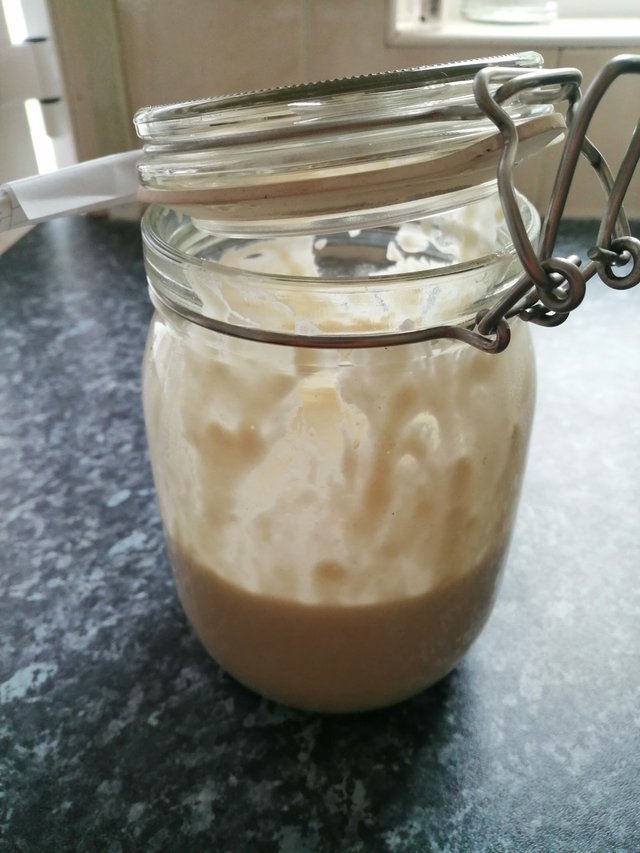
That all depends whether you need your bread by lunchtime? Despite much talk to the contrary, there is NO gluten in dry flour. Rather, it contains proteins called gliadin and glutenin, which, once hydrated, combine to form gluten, which can absorb twice its weight in water. The strength and structure of a good loaf rests on a scaffolding of fine strands of gluten which is sticky, stretchy and elastic..
The gluten network within the dough acts like a balloon that keeps the gases produced by the yeast inside. Without a good gluten network your bread cannot rise and you will end up with a brick.
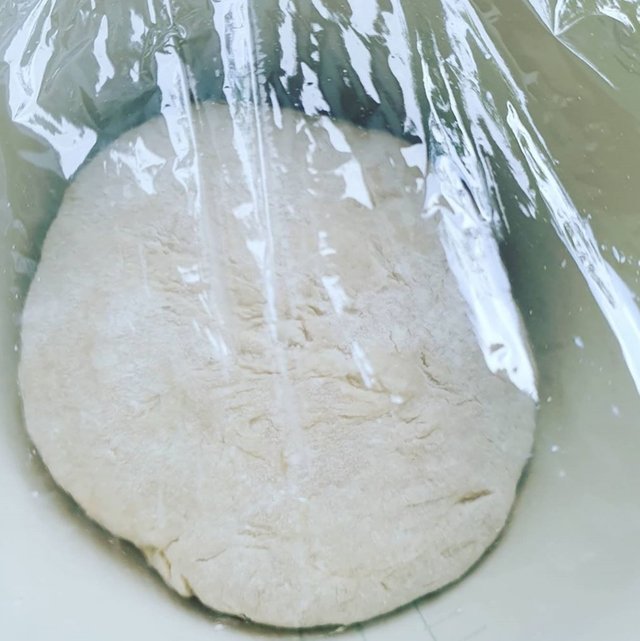
Kneading adds "energy" and oxygen to dough, speeding the development of the gluten, allowing speedier baking. In “no knead” recipes, edges of the dough are stretched and folded back in, and then left to develop. This process is repeated several times, before the dough is left to swell for a longer period. So the truth is, you only need to knead if you want to be quick. But if you give your dough a proper, vigorous mix, you can also let the gluten develop during a long, slow fermentation.
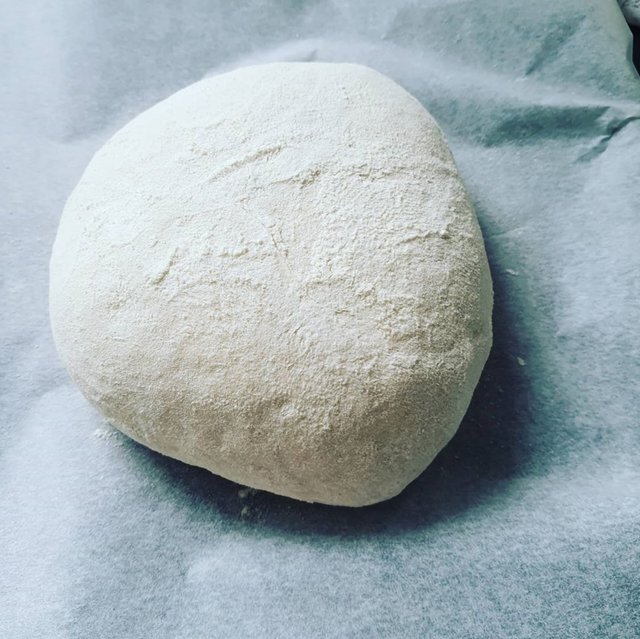
Lots of factors affect the “crumb”, or internal structure, of your loaf. Many amateur bakers want to know how to produce lighter bread with larger holes. “To achieve a very open crumb, you need a good flour with a high protein, say 13-16%, this allows you to produce a nice gluten network which is responsible for retaining the gas.
The water content of your dough is also key. Beginners often slop in too much too quickly and then panic when their dough becomes gloopy and so throw in extra flour.
- My top tip is to start with about three-quarters of the water in your recipe, mix slowly and add splashes as you go.
Greater water content makes for softer dough and bigger bubbles. If you want larger air pockets, be gentle when handling your dough, otherwise you’ll knock out the gas needed to make them. But while big holes make for nice Instagram pictures, some focus on structure at the expense of more important attributes.
Any fool can make big holes once they understand gluten and water, the true art is in creating something that is complex, soft, tender, nourishing with both sweetness and light sourness.
Sugars and amino acids on the loaf’s surface start to react at about 150C in the [Maillard reaction](https://en.m.wikipedia.org/wiki/Maillard reaction), a process that gives seared foods a distinctive taste and colouring. Add steam into the oven and it will condense on the cold surface of your loaf and delay crust formation. Keeping the bread’s surface flexible for longer allows for a final burst of fermentation and gas bubble production, while also allowing existing bubbles to expand. It allows the loaf to stretch so that it becomes light and airy. Many cook their sourdough in a Dutch oven or under a cloche to trap water vapour from the dough and create steam.
The lactic acids in sourdough neutralise phytates in flour that when consumed in large amounts can prevent the body absorbing minerals such as iron, calcium, magnesium and zinc in bread. They also slow the release of glucose into the bloodstream, lowering the bread’s glycemic index and preventing insulin spikes. The lactic acids also make gluten more digestible, and reduce the chances of gluten intolerance.
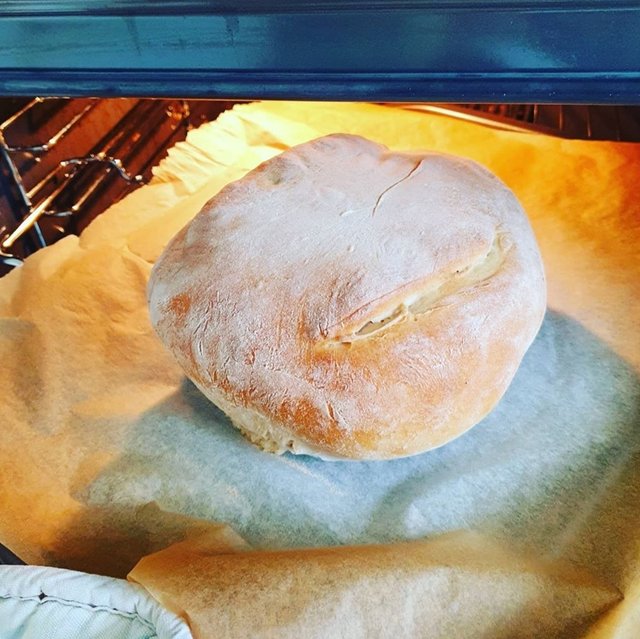
That depends who is making it. Many people believe it is best approached as a science, I personally believe that to do it properly requires both perspectives. Ultimately bread is made, not in labs but in homes and bakeries, by people with subjective opinions using their skills, intuitions, emotions and other intangibles that science doesn’t attempt to address.
If you’re trying to make bread relying only on one or the other, then you’re leaving something important out.
While science can point bakers in the right direction, there’s much more to making a great sourdough loaf than manipulating variables based on data analysis. You can totally geek out on the amazing science of the microbial fermentation process, or you can slow down, lose yourself in the moment and fall in love with it. You use your hands, your heart and your mind to get to know the dough, feel it, understand it, and sense what it needs. The only other time you get to connect like that is, let’s be honest, when you meet a new lover.
And for one final thought -

Man... maybe it's just easier to get some sourdough starter from the bakery 🤔
@faiz.rehman
https://steemit.com/anxiety/@faiz.rehman/avoid-anxiety-depression-and-stress-for-mental-health
This post has received a 31.54 % upvote from @boomerang.